"世界人类健康数据报告"相关数据
更新时间:2024-11-222019年世界人口展望
Understanding global population trends and anticipating the demographic changes to come are crucial to the achievement of the 2030Agenda for Sustainable Development. The 2030Agenda emphasizes that people are at the centre of sustainable development,echoing the ideals set forth in the Programme of Action of the International Conference on Population and Development adopted in Cairo in 1994.Population trends observed over the past few decades point to substantial progress made towards several of the Sustainable Development Goals (SDGs) so far.Examples include reduced mortality,particularly among children,as well as increased access to sexual and reproductive health care and enhanced gender equality that have empowered women to decide freely and responsibly the number,spacing and timing of their children.
Recent demographic trends are harbingers of the future challenges to sustainable development. For example,countries experiencing rapid population growth,most of which are in sub-Saharan Africa,must provide schooling and health care to growing numbers of children,and ensure education and employment opportunities to increasing numbers of youth. Countries where population growth has slowed or stopped must prepare for an increasing proportion of older persons and, in some cases,decreasing population size. These and other challenges can be addressed in part by anticipating coming demographic trends and incorporating that information into policies and planning.
The United Nations population estimates and projections form a comprehensive set of demographic data to assess population trends at the global, regional and national levels. They are used in the calculation of many of the key development indicators commonly used by the United Nations system,including for more than one third of the indicators used to monitor progress towards the achievement of the sDGs. The 2019 revision of the World Population Prospects is the twenty-sixth edition of the United Nations population estimate sand projections,which have been prepared since1951 by the Population Division of the Department of Economic and Social Affairs.The 2019 revision presents population estimates from 1950 until the present for 235 countries or areas, which have been developed through country-specific analyses of historical demographic trends. It builds on previous revisions by incorporating additional results from the 2010 and 2020 rounds of national population censuses as well as information from vital registration and recent nationally representative household surveys.The 2019 revision also presents population projections to the year 2100 that reflect a range of plausible outcomes at the global, regional and country levels.
【更多详情,请下载:2019年世界人口展望】
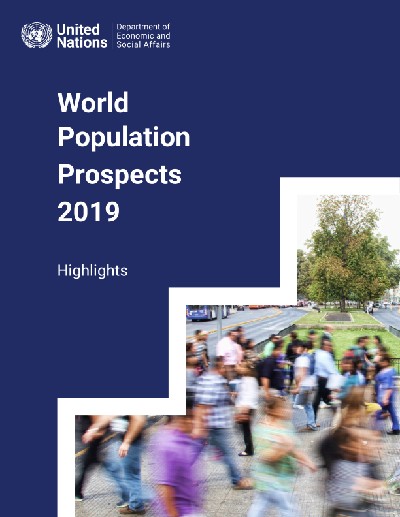
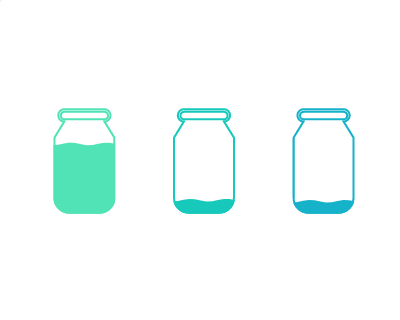 截至2006年世界人口贩运被害人类型该统计数据包含了截至2006年世界人口贩运被害人类型。女性占比高达79%,其中妇女占66%,女孩占13%。2006年发布时间:2020-08-31
截至2006年世界人口贩运被害人类型该统计数据包含了截至2006年世界人口贩运被害人类型。女性占比高达79%,其中妇女占66%,女孩占13%。2006年发布时间:2020-08-31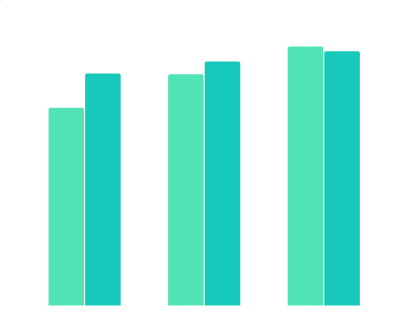 1963-2016年中国与世界人均预期寿命历史变化情况该数据包含了1963-2016年中国与世界人均预期寿命历史变化情况。2016中国预期寿命(岁)为76.3岁,世界预期寿命(岁)为72.0岁。1963-2016年发布时间:2019-07-11
1963-2016年中国与世界人均预期寿命历史变化情况该数据包含了1963-2016年中国与世界人均预期寿命历史变化情况。2016中国预期寿命(岁)为76.3岁,世界预期寿命(岁)为72.0岁。1963-2016年发布时间:2019-07-11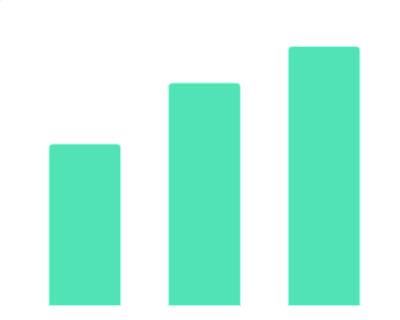 1990-2100E世界人口总数增长情况该统计数据包含了1990-2100E世界人口总数增长情况。预计世界人口在未来15年内将增加超过10亿,到2030年将达到85亿,之后人口将继续增长,于2050年达到97亿,到2100年达到112亿。1990-2100年发布时间:2020-07-03
1990-2100E世界人口总数增长情况该统计数据包含了1990-2100E世界人口总数增长情况。预计世界人口在未来15年内将增加超过10亿,到2030年将达到85亿,之后人口将继续增长,于2050年达到97亿,到2100年达到112亿。1990-2100年发布时间:2020-07-03 截至2020年4月世界人口排名Top10该统计数据包含了截至2020年4月世界人口排名Top10。中国人口数量为1400050000人,名列第一位。2020年发布时间:2020-06-04
截至2020年4月世界人口排名Top10该统计数据包含了截至2020年4月世界人口排名Top10。中国人口数量为1400050000人,名列第一位。2020年发布时间:2020-06-04 1961年-2013年世界人均肉类食用量该统计数据包含了1961年-2013年世界人均肉类食用量。截至2013年全球人均肉类消耗量达到43千克。1961-2013年发布时间:2021-02-07
1961年-2013年世界人均肉类食用量该统计数据包含了1961年-2013年世界人均肉类食用量。截至2013年全球人均肉类消耗量达到43千克。1961-2013年发布时间:2021-02-07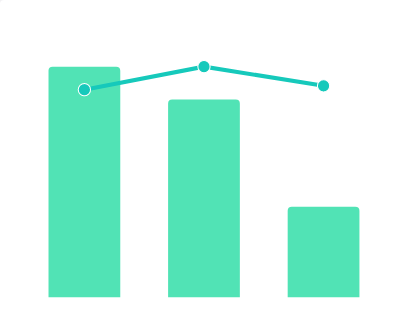 2021年中国青春乐活星人类型消费者健康食饮核心品类食用及TGI该统计数据包含了2021年中国青春乐活星人类型消费者健康食饮核心品类食用及TGI。其中低脂类TGI指数120。2021年发布时间:2021-10-27
2021年中国青春乐活星人类型消费者健康食饮核心品类食用及TGI该统计数据包含了2021年中国青春乐活星人类型消费者健康食饮核心品类食用及TGI。其中低脂类TGI指数120。2021年发布时间:2021-10-27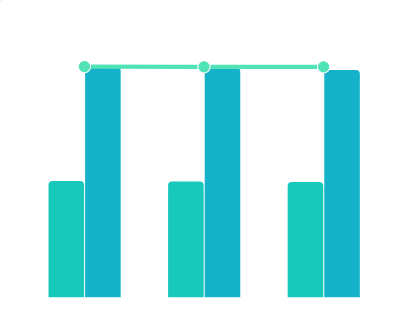 2011-2017年中国耕地面积及中国与世界人均耕地面积该统计数据包含了2011-2017年中国耕地面积及中国与世界人均耕地面积。2017年中国耕地面积达到了20.23亿亩,中国人均耕地面积达到了1.455亩/人。2011-2017年发布时间:2021-02-05
2011-2017年中国耕地面积及中国与世界人均耕地面积该统计数据包含了2011-2017年中国耕地面积及中国与世界人均耕地面积。2017年中国耕地面积达到了20.23亿亩,中国人均耕地面积达到了1.455亩/人。2011-2017年发布时间:2021-02-05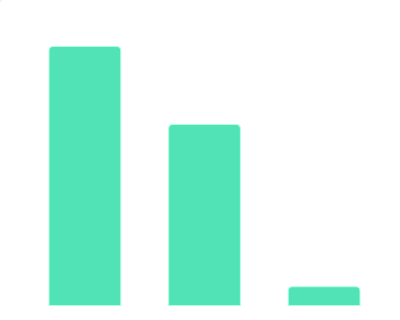 2015年世界上杀死人类的动物统计情况该统计数据包含了2015年世界上杀死人类的动物统计情况。蚊子杀害的人类达到830000人。2015年发布时间:2020-08-13
2015年世界上杀死人类的动物统计情况该统计数据包含了2015年世界上杀死人类的动物统计情况。蚊子杀害的人类达到830000人。2015年发布时间:2020-08-13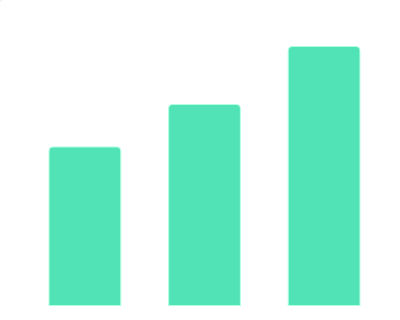 公元前1万年-2021年世界人口数量该统计数据包含了公元前1万年-2021年世界人口数量。2021年全球的人口数量已经接近79亿人。2021年发布时间:2022-06-06
公元前1万年-2021年世界人口数量该统计数据包含了公元前1万年-2021年世界人口数量。2021年全球的人口数量已经接近79亿人。2021年发布时间:2022-06-06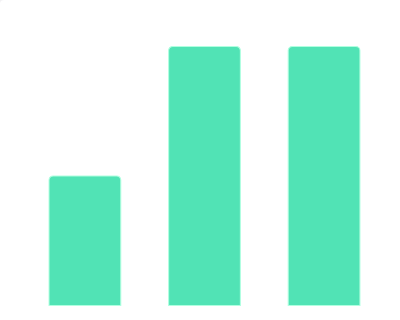 2020年中国经批准开展人类辅助生殖技术和设置人类精子库的医疗机构数量该统计数据包含了2020年中国经批准开展人类辅助生殖技术和设置人类精子库的医疗机构数量,截止2020年12月份,中国共有536家机构。2020年发布时间:2021-09-17
2020年中国经批准开展人类辅助生殖技术和设置人类精子库的医疗机构数量该统计数据包含了2020年中国经批准开展人类辅助生殖技术和设置人类精子库的医疗机构数量,截止2020年12月份,中国共有536家机构。2020年发布时间:2021-09-17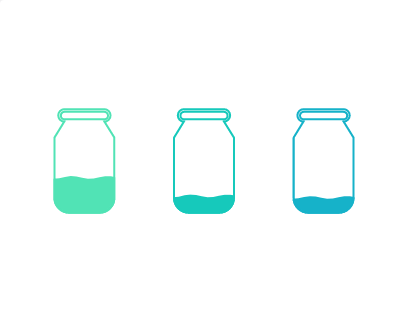 2018年中国90后健康支出类别占比该统计数据包含了2018年中国90后健康支出类别占比。运动健身相关支出位列第一,占比34.5%。2018年发布时间:2020-08-20
2018年中国90后健康支出类别占比该统计数据包含了2018年中国90后健康支出类别占比。运动健身相关支出位列第一,占比34.5%。2018年发布时间:2020-08-20 2021年中国潮流仙女型和青春乐活星人类型消费者健康食饮不同品类偏好TGI对比该统计数据包含了2021年中国潮流仙女型和青春乐活星人类型消费者健康食饮不同品类偏好TGI对比。其中,潮流仙女人群的代餐主食TGI指数121。2021年发布时间:2021-10-27
2021年中国潮流仙女型和青春乐活星人类型消费者健康食饮不同品类偏好TGI对比该统计数据包含了2021年中国潮流仙女型和青春乐活星人类型消费者健康食饮不同品类偏好TGI对比。其中,潮流仙女人群的代餐主食TGI指数121。2021年发布时间:2021-10-27 2019-2022年中国医疗健康服务行业按投资人类型交易数量与披露金额该统计数据包含了2019-2022年中国医疗健康服务行业按投资人类型交易数量与披露金额。其中2022年投资金额509亿元。2019-2022年发布时间:2023-10-08
2019-2022年中国医疗健康服务行业按投资人类型交易数量与披露金额该统计数据包含了2019-2022年中国医疗健康服务行业按投资人类型交易数量与披露金额。其中2022年投资金额509亿元。2019-2022年发布时间:2023-10-08 2019-2022年中国医疗健康服务行业按投资人类型平均单笔交易金额情况该统计数据包含了2019-2022年中国医疗健康服务行业按投资人类型平均单笔交易金额情况。其中,2022年战略投资人平均单笔交易金额2.1亿元。2019-2022年发布时间:2023-10-08
2019-2022年中国医疗健康服务行业按投资人类型平均单笔交易金额情况该统计数据包含了2019-2022年中国医疗健康服务行业按投资人类型平均单笔交易金额情况。其中,2022年战略投资人平均单笔交易金额2.1亿元。2019-2022年发布时间:2023-10-08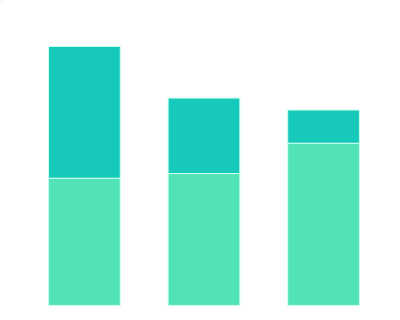 2016年世界部分国家的公共和私人的人均健康支出该统计数据包含了2016年世界部分国家的公共和私人的人均健康支出。2016年美国公共和私人的人均健康支出分别为4860和5032美元。2016年发布时间:2019-03-26
2016年世界部分国家的公共和私人的人均健康支出该统计数据包含了2016年世界部分国家的公共和私人的人均健康支出。2016年美国公共和私人的人均健康支出分别为4860和5032美元。2016年发布时间:2019-03-26 截至2020年中国高健康关注度人群个人健康状况分布情况该统计数据包含了截至2020年中国高健康关注度人群个人健康状况分布情况。其中女性和男性的得分均为7.66。2020年发布时间:2020-11-11
截至2020年中国高健康关注度人群个人健康状况分布情况该统计数据包含了截至2020年中国高健康关注度人群个人健康状况分布情况。其中女性和男性的得分均为7.66。2020年发布时间:2020-11-11 截至2020年中国高健康关注度人群愿意在健康上花费的情况分布该统计数据包含了截至2020年中国高健康关注度人群愿意在健康上花费的情况分布。其中女性愿意花费的得分为7.49。2020年发布时间:2020-11-11
截至2020年中国高健康关注度人群愿意在健康上花费的情况分布该统计数据包含了截至2020年中国高健康关注度人群愿意在健康上花费的情况分布。其中女性愿意花费的得分为7.49。2020年发布时间:2020-11-11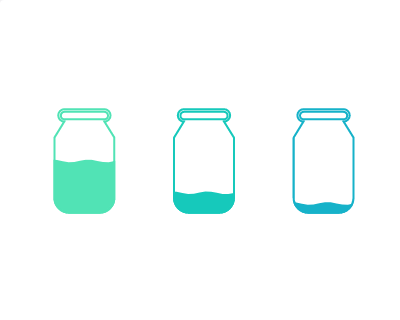 2021年1-6月中国抖音面膜销量TOP10达人类型分布情况该统计数据包含了2021年1-6月中国抖音面膜销量TOP10达人类型分布情况。美妆个护的达人占比最高,占比50%。2021年发布时间:2021-09-01
2021年1-6月中国抖音面膜销量TOP10达人类型分布情况该统计数据包含了2021年1-6月中国抖音面膜销量TOP10达人类型分布情况。美妆个护的达人占比最高,占比50%。2021年发布时间:2021-09-01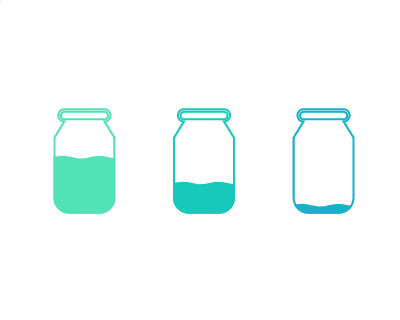 2021年10月中国快手大健康细分内容的搜索占比该统计数据包含了2021年10月中国快手大健康细分内容的搜索占比。根据《2021年快手大健康行业数据价值报告》,2021年10月相比同年5月,在快手搜索大健康内容的人数增长了5.4%。在大健康的细分内容中,疾病知识的搜索占比高达53.6%,其次是占比29.2%的保健养生,关于体检的搜索仅1.4%,90后成为大健康内容搜索的主流人群。2021年发布时间:2021-12-16
2021年10月中国快手大健康细分内容的搜索占比该统计数据包含了2021年10月中国快手大健康细分内容的搜索占比。根据《2021年快手大健康行业数据价值报告》,2021年10月相比同年5月,在快手搜索大健康内容的人数增长了5.4%。在大健康的细分内容中,疾病知识的搜索占比高达53.6%,其次是占比29.2%的保健养生,关于体检的搜索仅1.4%,90后成为大健康内容搜索的主流人群。2021年发布时间:2021-12-16 2024年人类与AI的各项能力对比该统计数据包含了2024年人类与AI的各项能力对比。2024年发布时间:2024-08-23
2024年人类与AI的各项能力对比该统计数据包含了2024年人类与AI的各项能力对比。2024年发布时间:2024-08-23





